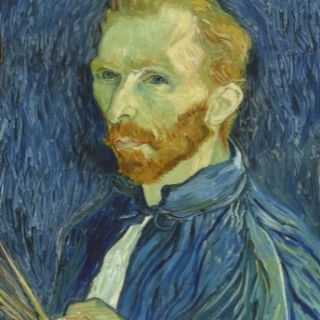Sleep and anything to do with sleep – the un-ability to sleep or dreams have long been a topic for all kinds of artists. Even the sleeping patterns of artists themselves is an interesting topic in itself – perhaps even proof that every individual has their own sleeping patterns to encourage success or creativity.

Georgia O’Keeffee and Joan Miro believed that waking up early was the key to a successful day. While Picasso created over 16,000 paintings and drawings by staying up and creating his works mostly late at night. Lee Krasner also became a late night painter – after her husband Jackson Pollock passed away she found she gave up trying to sleep and chose to paint instead. Her series “Umber Paintings” may well have been influenced by this shift as she would have been working under studio and house lights rather then sunlight and the series is also sometimes even called “Night Journeys”. “Umber Paintings” even uses a different colour pallet then her paintings previously.
As there is a Van Gogh exhibit currently in Vancouver – one of the pieces that comes to mind is “Noon-Rest from Work” (after Millet). This painting is just one of a large grouping of paintings done by Van Gogh during his stay at the Saint-Pail asylum. These paintings all could be considered appropriation art as they are his interpretations of other’s paintings; specifically this one is inspired and copied from Jean-Francois Millet who was noted for his paintings of peasant farmers. The colours and style are quite clearly Van Gogh but there is something in the softness of the approach of figures and the distance created between the figures and the horse and equipment in the background that pulls the viewer in with a sigh – or maybe a yawn.

Dreaming and symbolism often go hand in hand and some say that noted Polish painter Władysław Ślewiński filled his painting Śpiąca Kobieta Z Kotem(‘Sleeping Woman With a Cat’), 1896, with such symbolism. The cat seen in the painting has often symbolized freedom and points to a level of liberty that one may feel they have when they are dreaming, or perhaps points to the freedom our imagination and inner world has when we have closed our eyes. The colour black has history with being associated with dreaming as well. In Ancient Greece, the colour black was often found with the spirits that rule over dreams, such as having black wings or black articles of clothing. When one looks at the painting the woman’s pose is also of note – sleep is clearly depicted through her body; there is life very much present whereas some other sleeping paintings the pose of the figure can sometimes be misconstrued or misunderstood as death.
What paintings come to your mind when you think about sleep? Or perhaps it is a carving or poem come to your mind instead. Please feel free to share with us the famous works of art that come to your mind and help us to explore sleep more deeply as reflected by the arts. Let’s Talk
Find Knox
5600 Balaclava Street
Vancouver, BC
V6N 1L1 Canada
Knox supports and encourages others to support ARTISTS as they find new ways to share their skills and work within our communities.


